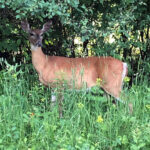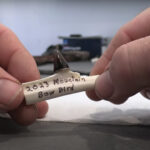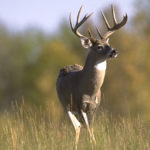Editor’s note: This article originally appeared on TableMountainOutfitters.com
If you’ve never hunted antelope, you might be surprised at what it takes to be successful. The American pronghorn is a completely unique species, found only in North America. With no relation to the African antelope, or any of the American cervids like deer and elk.
This one-of-a-kind creature is very fast, has excellent vision, and is simultaneously cagey and curious. Antelope are a beautiful and unique animal that provides some of the most action-packed big game hunting anywhere in the West.
Here are a few things to expect on your first antelope hunt.
Antelope Are Active All Day
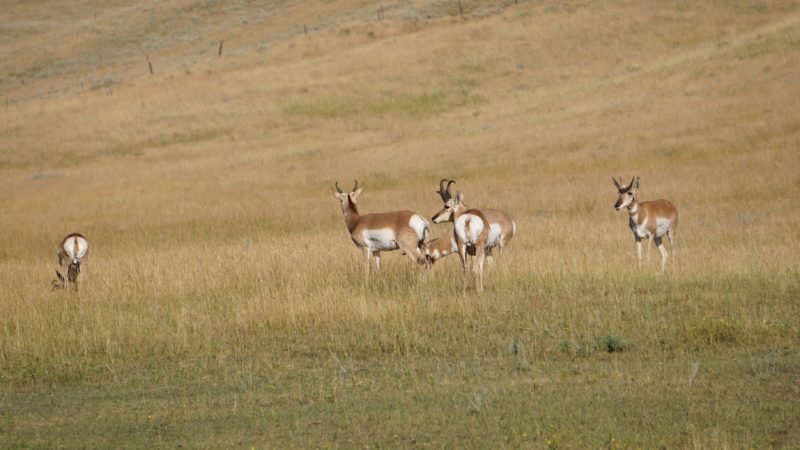
When it comes to pronghorn antelope, they run at basically the opposite schedule as other big game animals. They typically spend most of the night bedded down, and are active throughout the daytime. So when on a pronghorn hunt, it’s better to head out in the morning once the sun has come up, as opposed to going out when it’s dark.
Also, once the sun comes up, they’re much easier to see. You’ll still occasionally see them bed down during the day, but they’ll continue feeding and moving all day. This is generally a welcome sight to the average whitetail hunter who is up way before sunrise, and out until after sunset. Most prime antelope hunting occurs between daylight and daybreak.
It's A Numbers Game
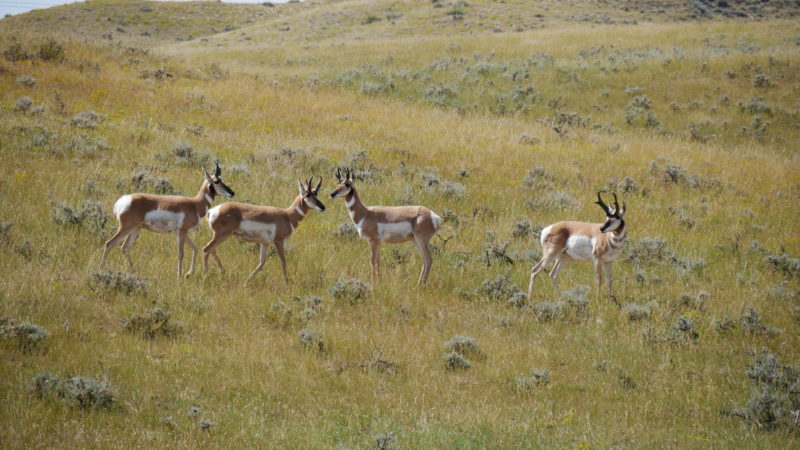
Patience is the name of the game when it comes to antelope hunting. With the open terrain, you can see for miles and should expect to see a lot of animals. Pronghorn density is generally high in most Wyoming antelope country, so don’t be surprised if your guide would rather sit back and play the numbers game, instead of rushing in and running off the first buck you see.
Antelope are a tough trophy to judge on the hoof, even if there are multiple bucks in a group. Bucks need to be seen from multiple angles before determining whether to attempt the stalk or not. And you may have to see quite a few bucks before finding one that is both a big enough trophy, and in a stalkable position.
Vision Is Their Best Defense
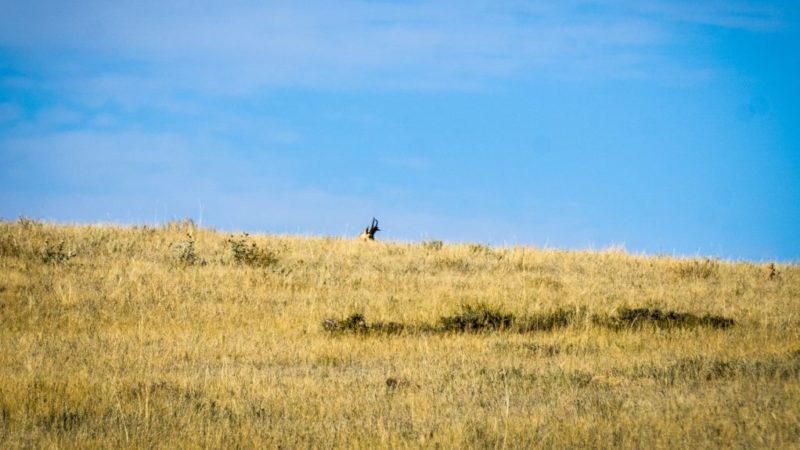
There’s a good reason why these animals are also known as “speed goats” and it’s because if they see something they don’t like, they’re gone! Whether they catch the movement of your head peaking the horizon, or if they hear the slam of a car door, they’re going to get out of dodge.
It’s not unusual to see a group of antelope over a half-mile away, take off at the sight of a human. And before you know it, they’re several miles away and out of stalking distance. And since they aren’t typically skittish when they see a car, your guide may continue driving or circle around once you find one you want to pursue. Getting in a good position to stalk while keeping the truck out of sight, is very important.
Antelope Are Naturally Gregarious
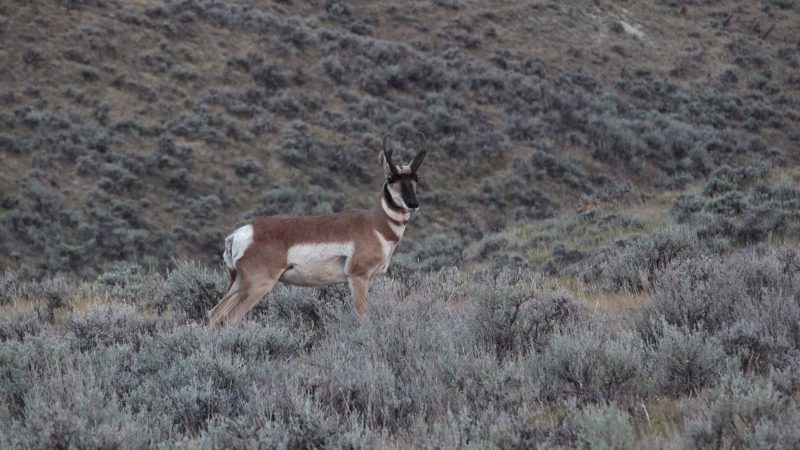
Even though we just pointed out how skittish antelope are, they can also be very curious and social. If they see something that appears to be another antelope, or if they aren’t sure what it is, they may come closer. However, this may hurt your chances when trying to get a shot off since they will usually focus in on the unknown object until they determine if it’s dangerous or not.
Prepare To Stalk In Open Terrain
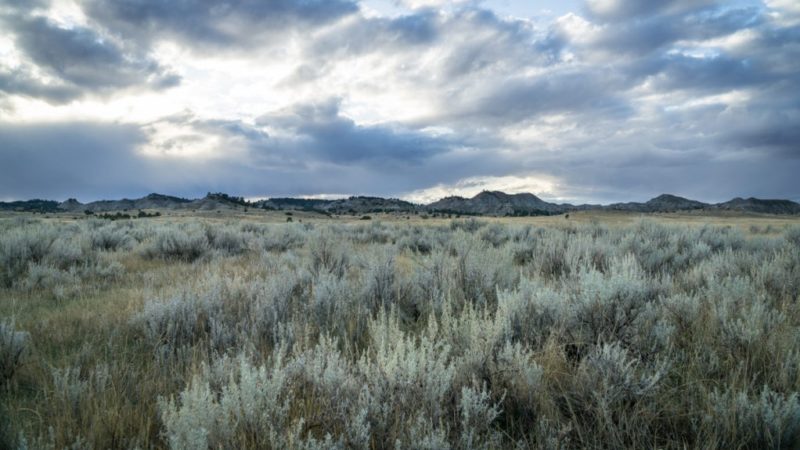
When thinking of antelope hunts, you generally think wide open spaces and flatlands. But you might be surprised at how much topography there actually is. The sagebrush coulees, deep draws, and hills make for great hiding spots for animals, but also make for great stalking country.
But like we pointed out earlier, patience is the name of the game. It’s a longer process than it seems to find a good buck, figure out what direction it’s heading, gameplan a stalk, and determine when to begin the stalk. Don’t be surprised if you end up walking over a mile to an antelope that’s only a half-mile away.
Antelope Are Strange Targets
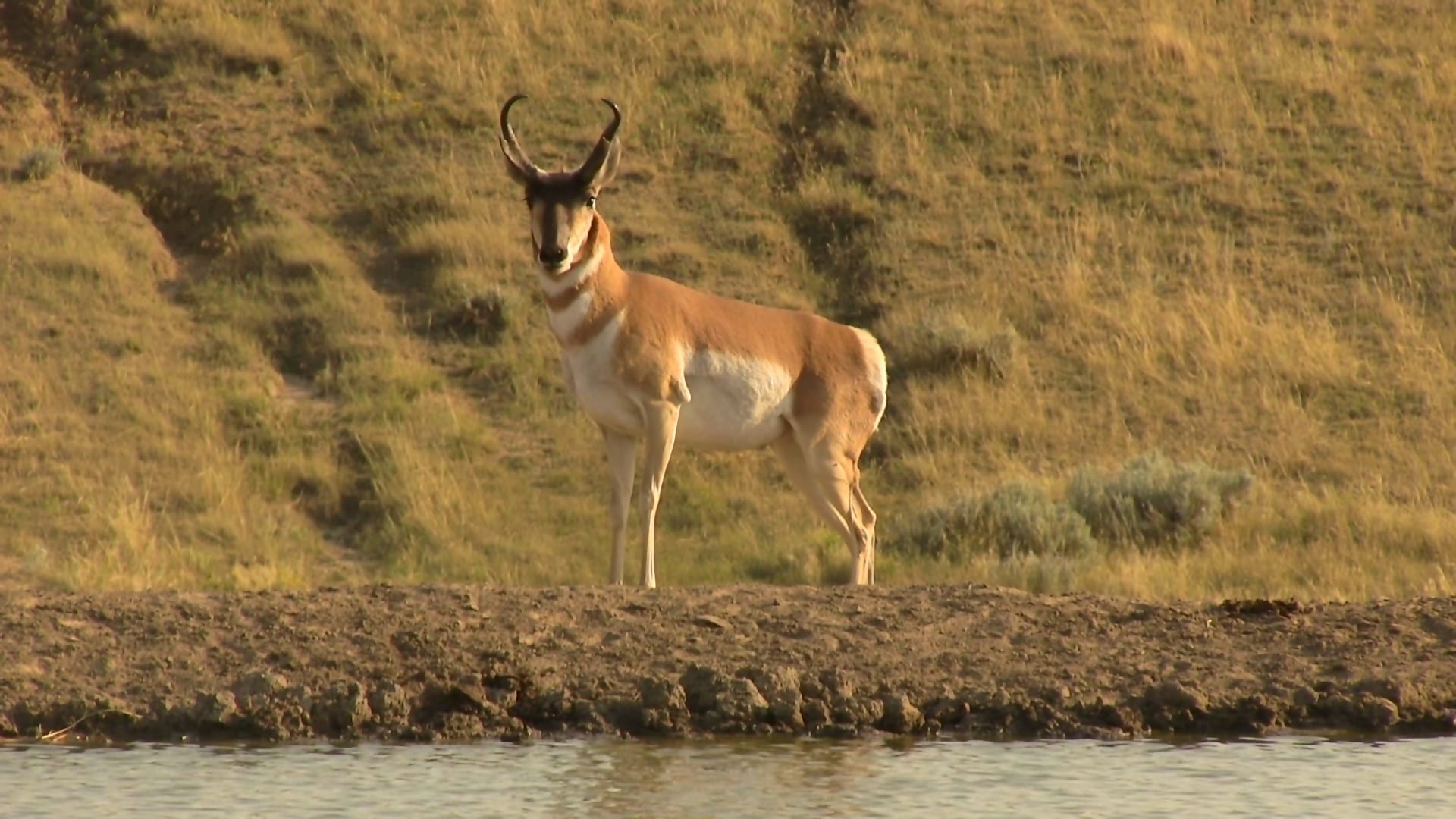
Compared to most whitetails, antelope are significantly smaller. They typically stand a little over 3 feet at the shoulder, and less than 5 feet from chest to rump. From the top of its back to the bottom of the brisket, a buck can be less than 15 inches, meaning the vital area is usually less than 9 inches in diameter.
Another thing that makes antelope a strange target, is the vital area. The lungs and heart sit a little more forward than a whitetail or mule deer. So generally a shot that’s placed just behind the shoulder, will result in a liver/possible back of the lung hit. So if you’re practicing on a 3D whitetail target, aim straight up the front leg. Since antelope are a bit smaller, their bones aren’t as strong as a whitetail either, so there shouldn’t be as much worry when hitting around the shoulder bones or scapula.
Related post: What’s the best broadhead for bowhunting antelope?
It's Excellent Wild Game Meat
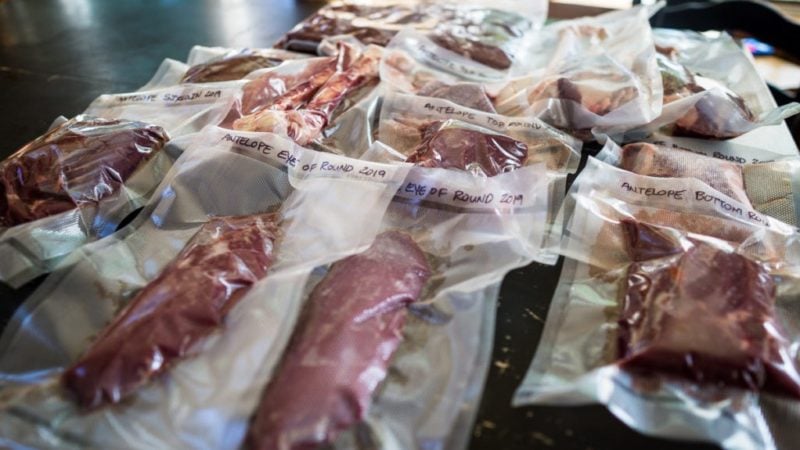
Antelope is easily one of the best tasting wild game meats in North America. It tends to have a lighter pink color than venison, as well as a more finely grained texture that is very mild and tender. Like any other big game animal, factors such as rut behavior and wounds can influence the quality of the meat.
However, the downside to eating antelope is their size. The average buck will only yield about 30 to 40 pounds of meat. And since they are a plains animal that spends much of its time moving around, the meat tends to be very lean. Many of the cuts can be treated the same as venison. And antelope burger works great for any of your ground meat recipes.
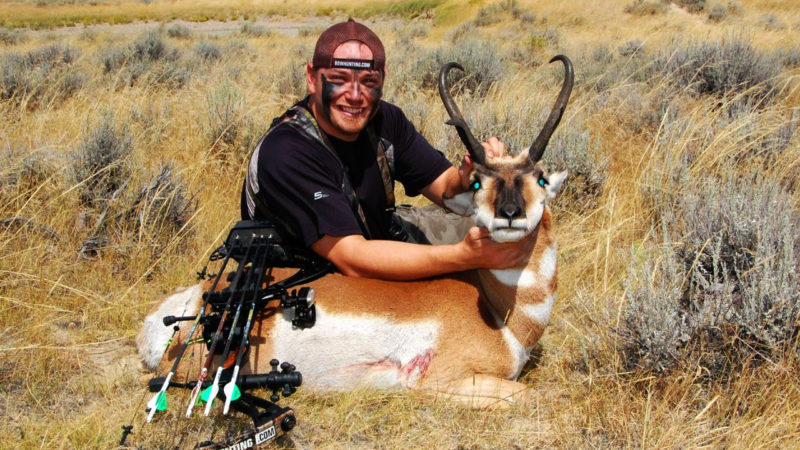
If you’re interested in going on a Wyoming antelope hunt in the future, be sure to check out our friends at Table Mountain Outfitters. Angie & Scott Denny, along with their team of guides, have guided hunters on hundreds (if not thousands) of successful antelope hunts. Whether you are interested in spot and stalk or hunting water holes with archery gear or hunting the antelope rut with a rifle, they’ve got an adventure for you.

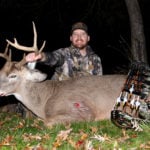 By
By 
